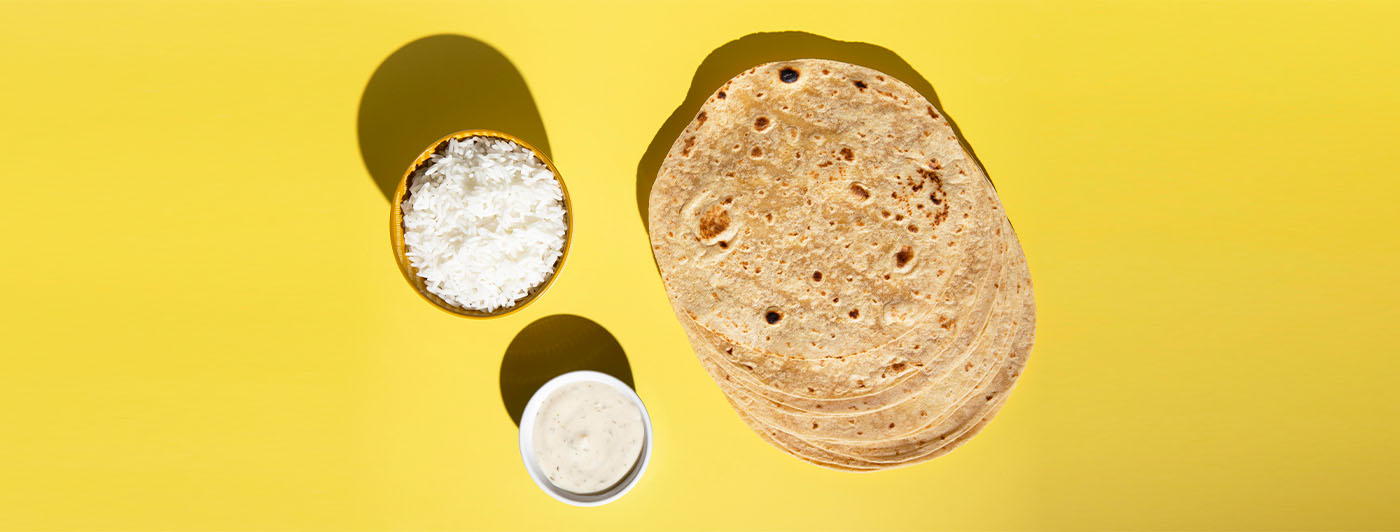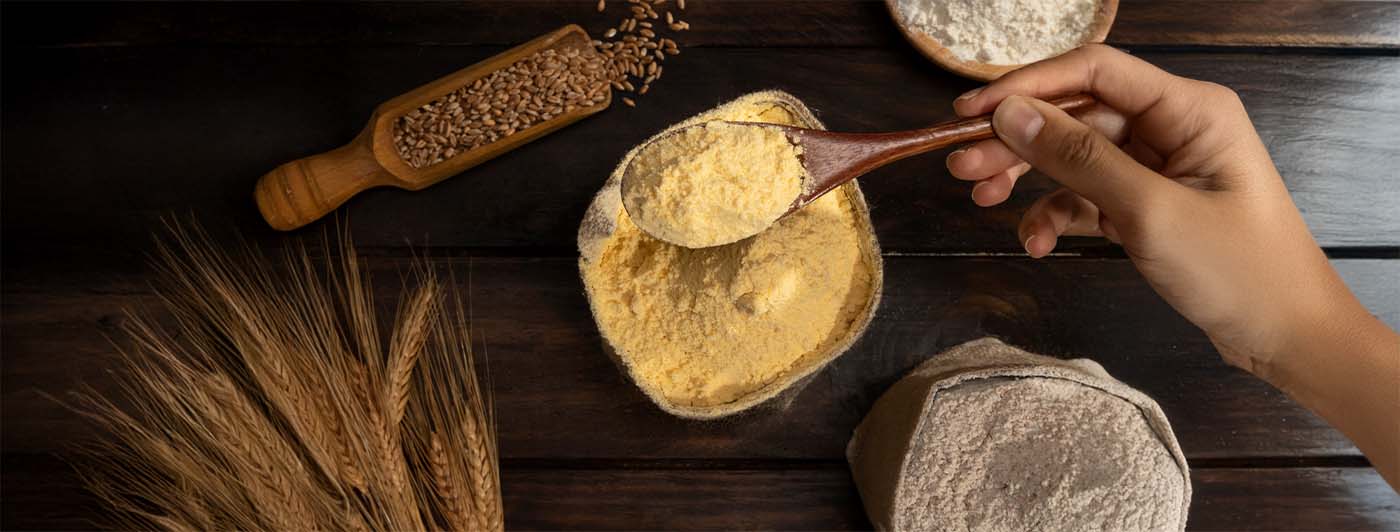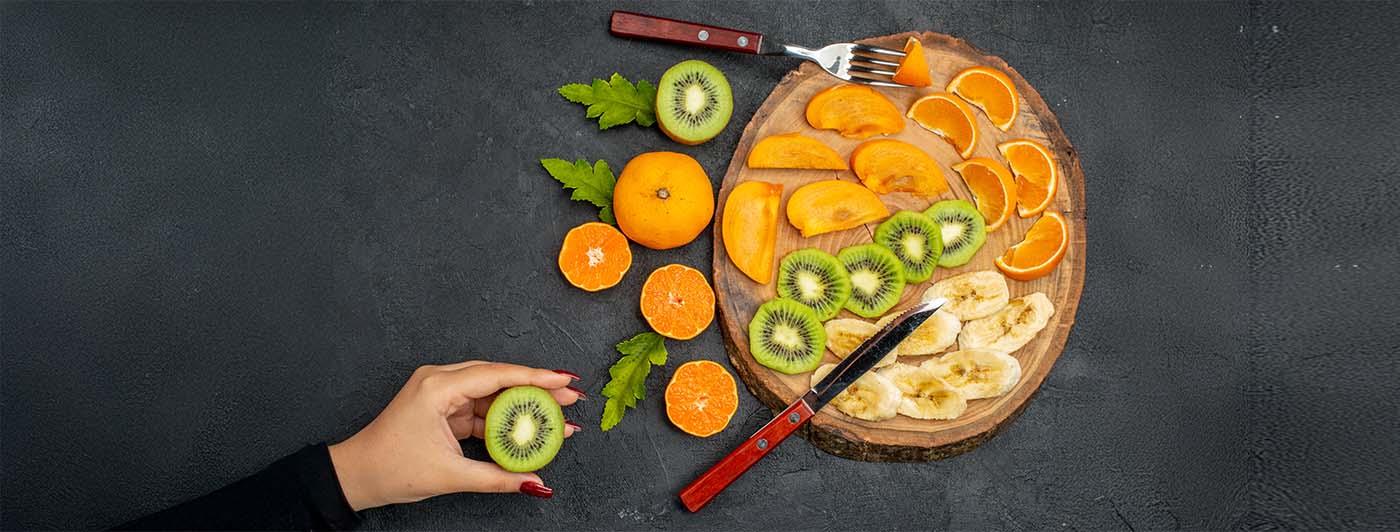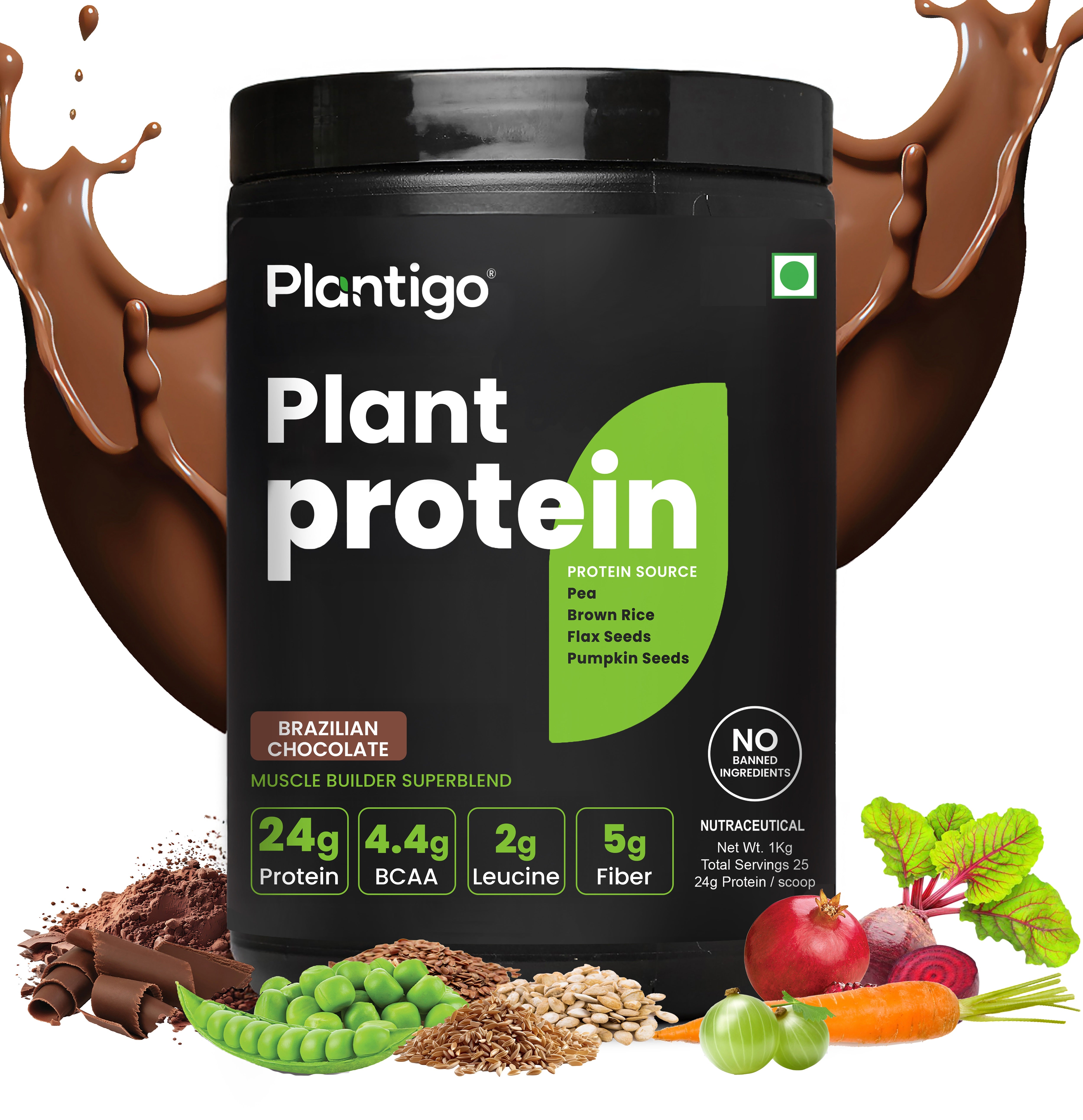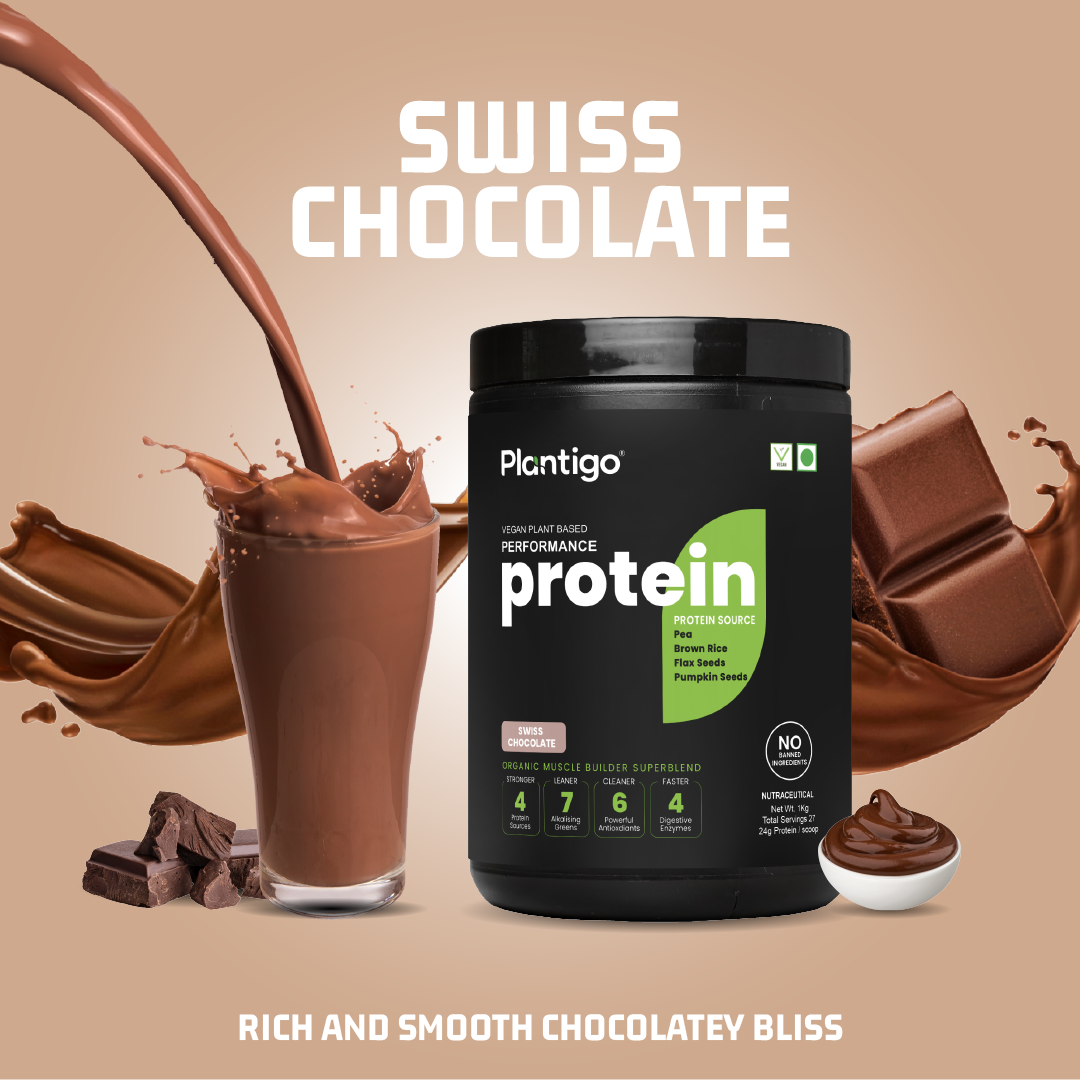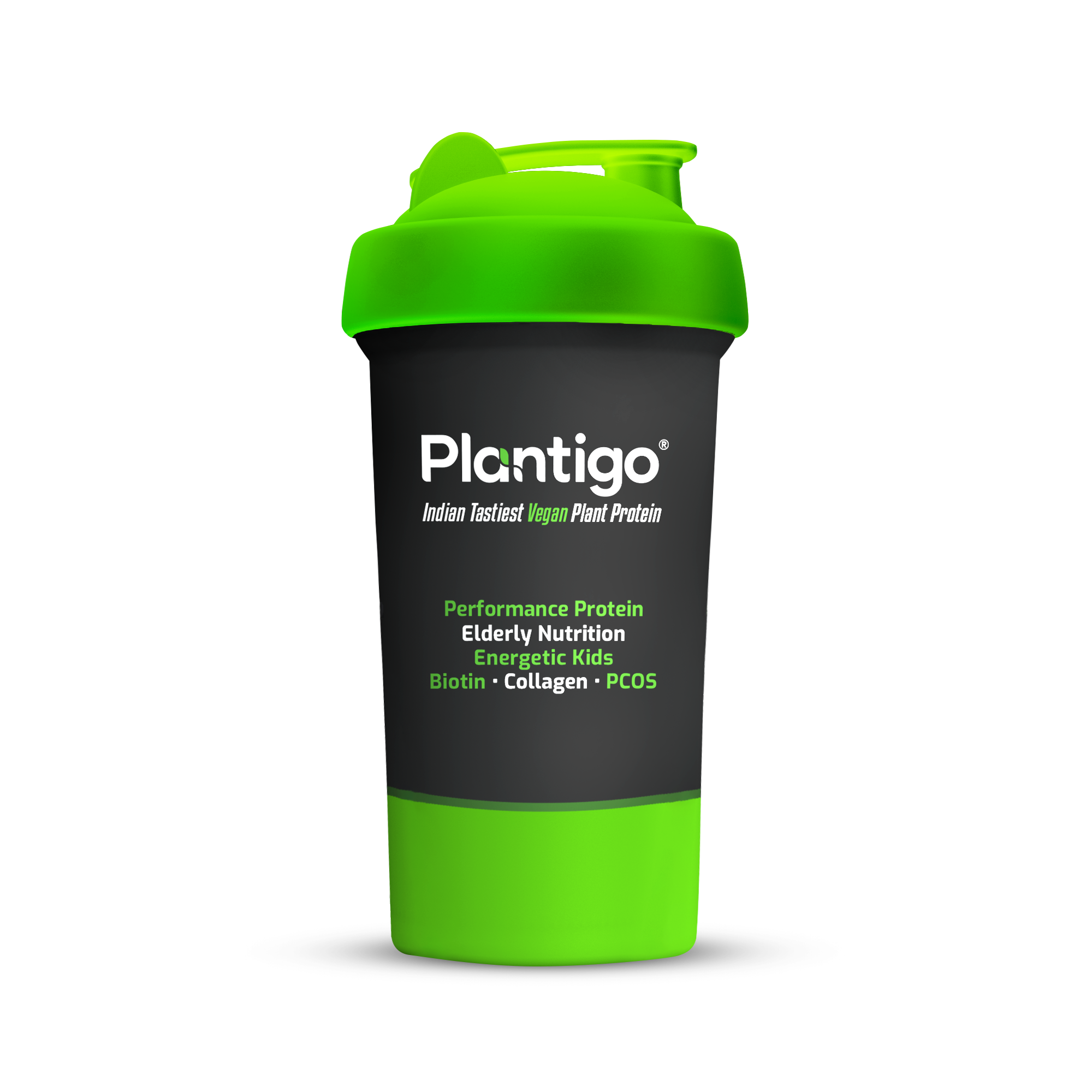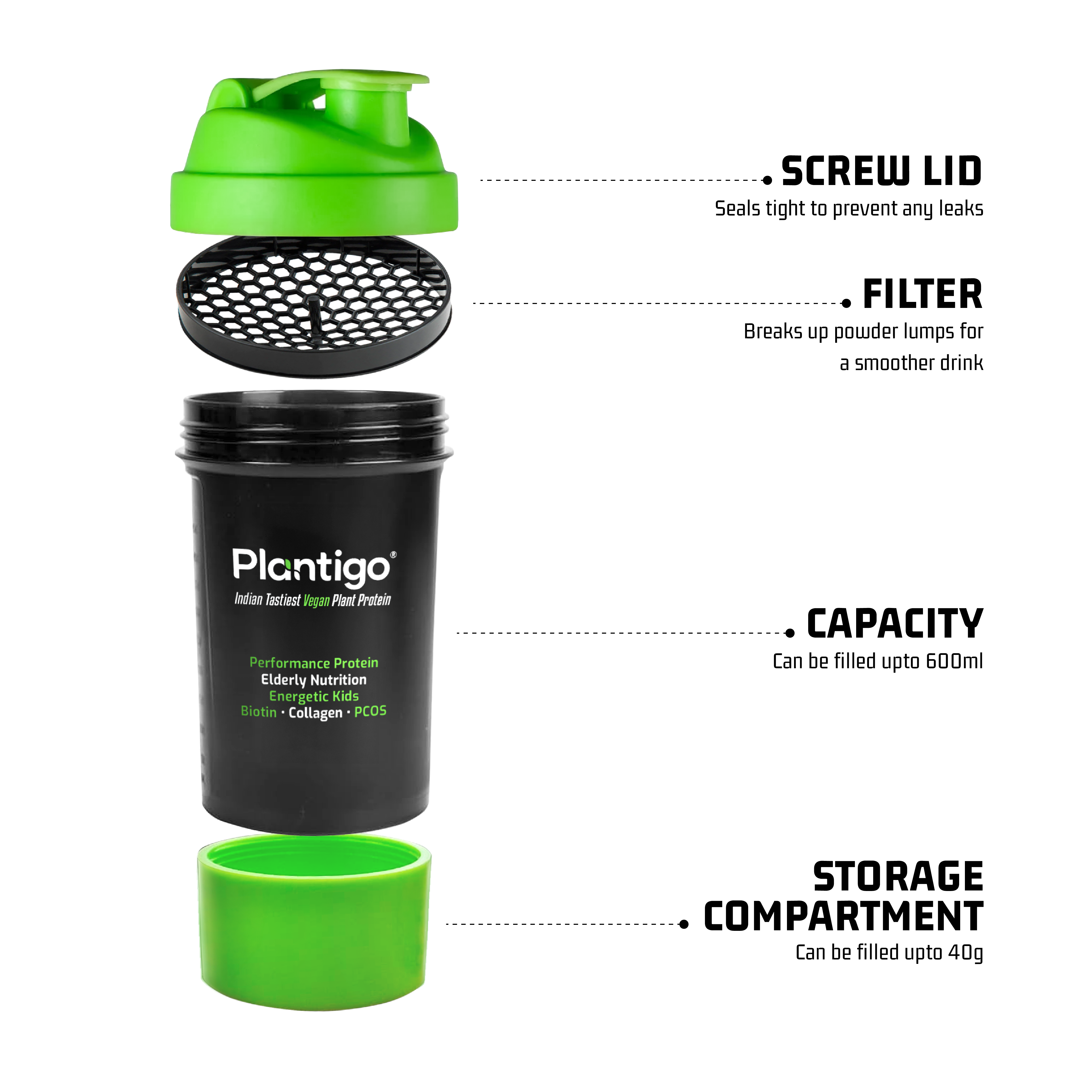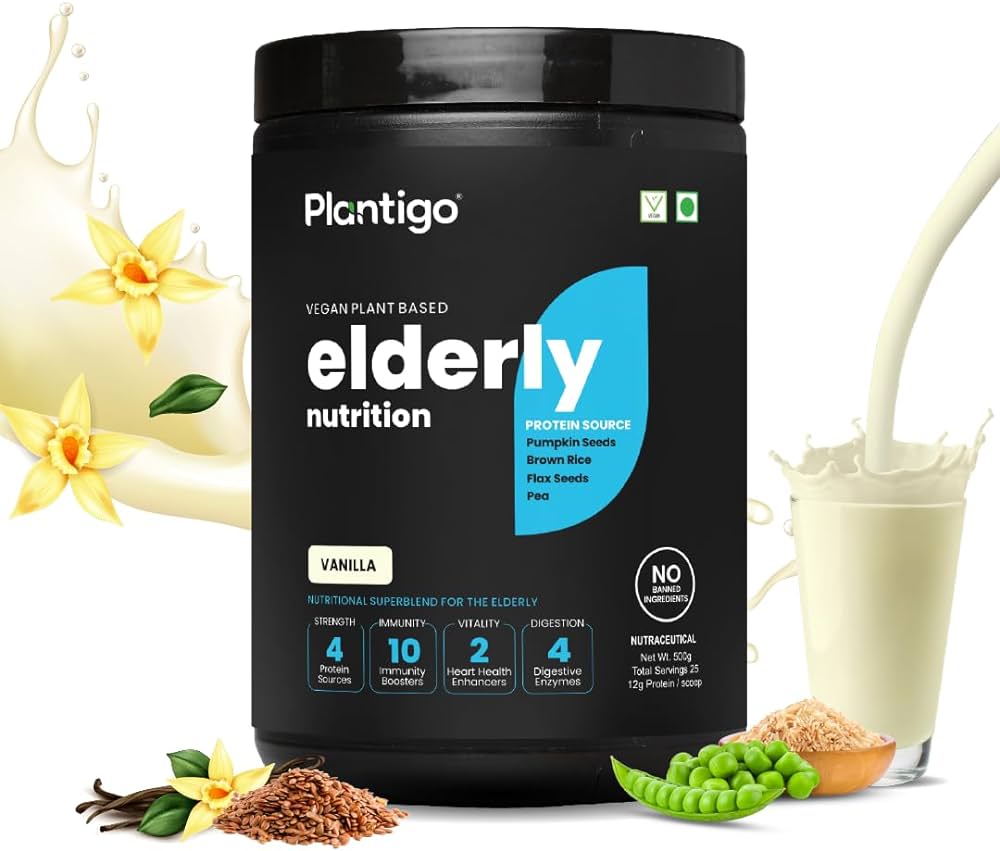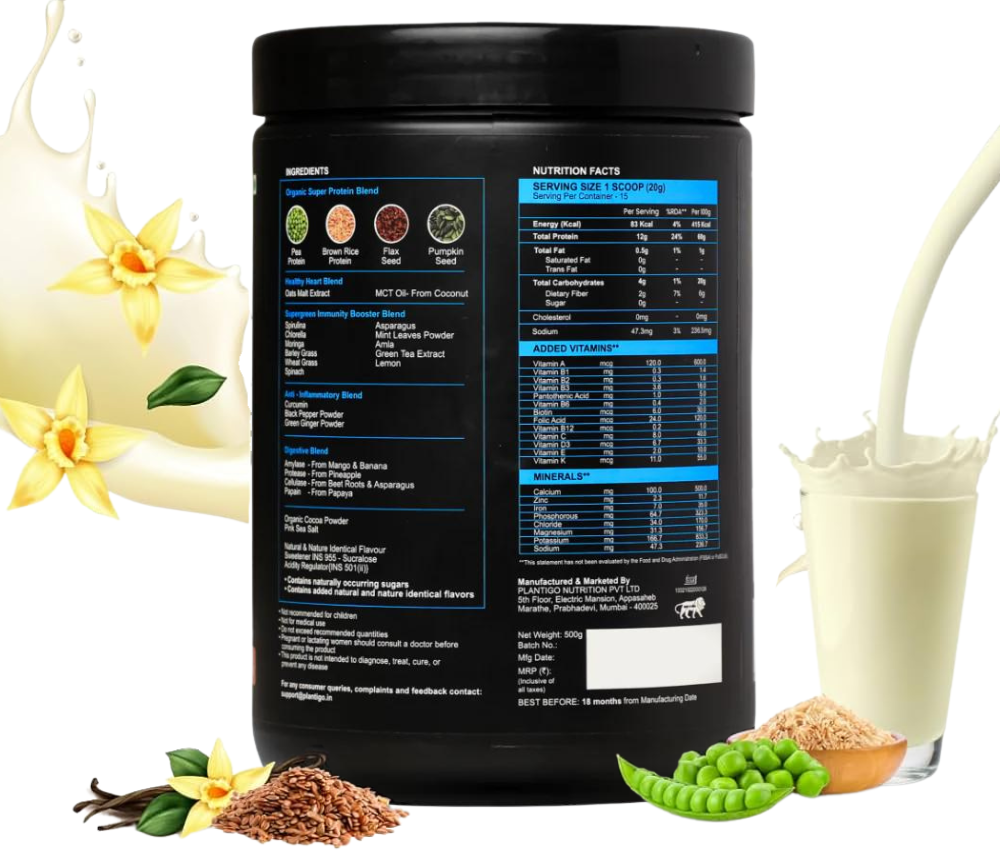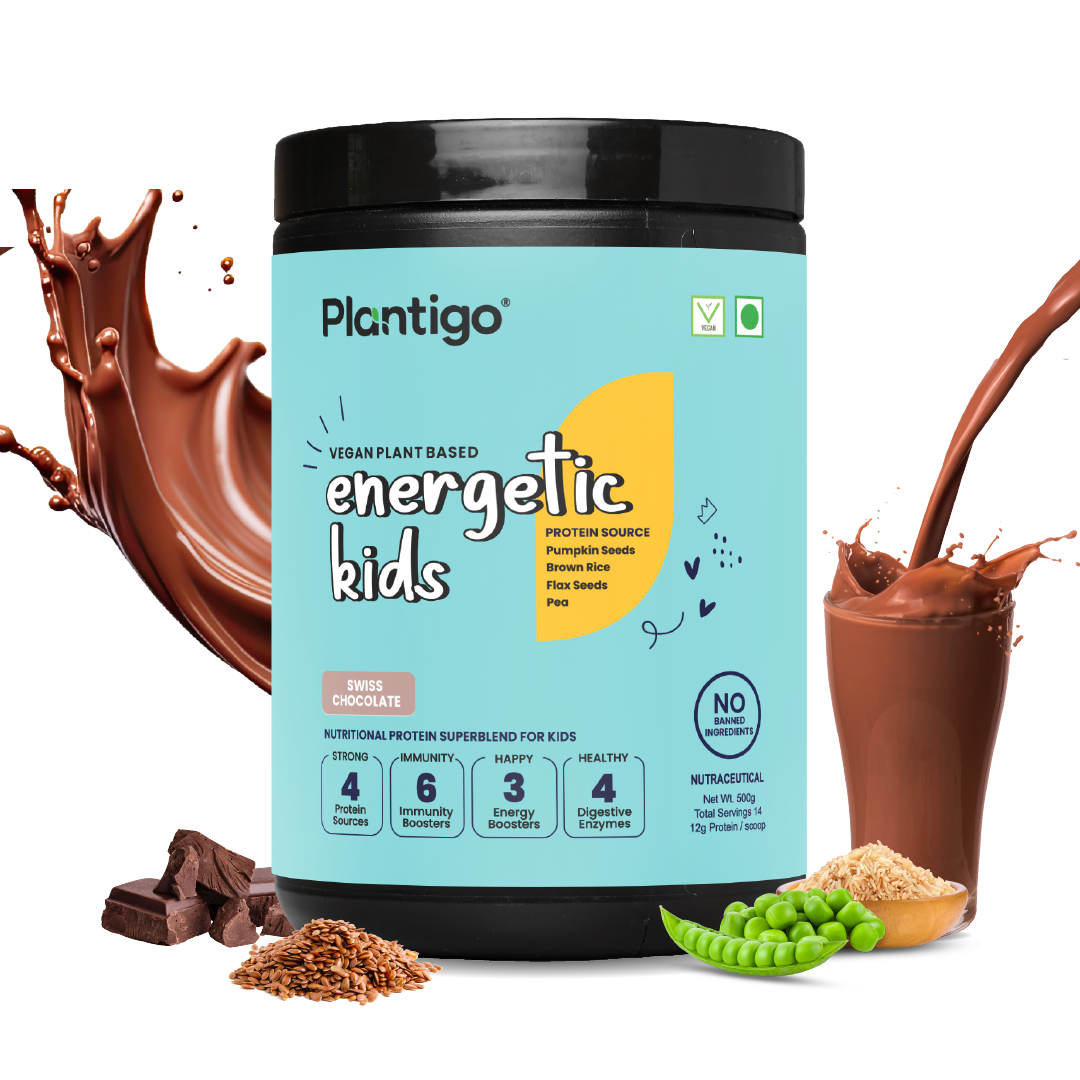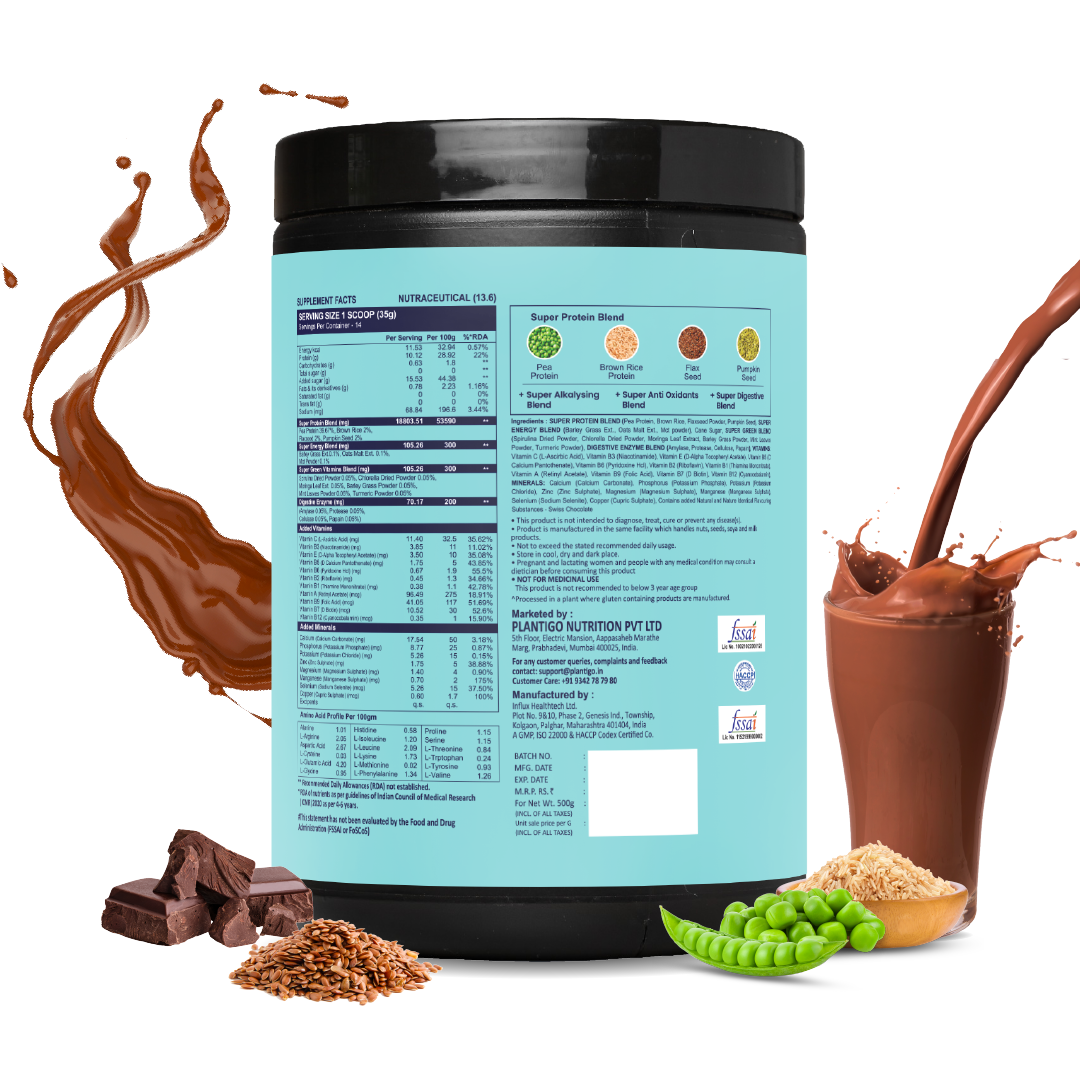Still Not Losing Weight? Your Staple Carb Might Be the Culprit.
You’ve cut sugar, added salads, and started walking daily—but the scale won’t budge. The hidden reason? It might be your choice between rice and roti.
The rice vs roti for weight loss debate is one of the most common yet misunderstood topics in Indian diets. Both are cultural staples, but which actually supports your weight loss goals better?
The answer lies in looking beyond tradition and into nutritional science—calories, fiber, glycemic index, and how your body processes these carbs. When paired with the right amount of plant protein, both rice and roti can support fat loss—but one may be more effective than the other.
In this article, we unpack the five key differences between rice and roti from a weight loss perspective, and explore how smart pairings, exercise, and superfoods can turn your everyday meal into a fat-burning ally.
1. Caloric Density and Portion Control
Calorie count is often the first consideration in the rice vs roti for weight loss debate. One cup of cooked rice (158g) has around 200 calories, while a medium roti (30g) has about 70–100 calories.
But portion control is key. Rice is soft and easy to overeat, especially with curries. Roti, on the other hand, takes longer to chew and digest, naturally slowing you down and helping control intake.
This gives roti a slight edge for weight loss—when eaten in moderation. For better results, pair your meals with protein sources like dal, tofu, or a scoop of plant based protein powder in a smoothie or snack. It boosts satiety and balances your meal.
Using a protein intake calculator can also help ensure you’re not just cutting calories, but building a better plate.
2. Fiber Content and Satiety
In terms of fiber content, roti—especially when made from whole wheat—wins hands down.
Rice, particularly white rice, is low in fiber due to the refining process that strips it of the outer bran. Roti, on the other hand, retains the bran and thus contains more fiber, aiding digestion, supporting gut health, and promoting a feeling of fullness.
This difference is crucial in the rice vs roti for weight loss argument. Foods high in fiber delay gastric emptying and curb hunger hormones. This means you stay full longer and are less likely to snack unnecessarily. Moreover, fiber plays a key role in regulating blood sugar levels, a hidden but important factor in managing body weight and fat storage.
Pairing roti with top 10 iron rich foods like spinach, moringa, and lentils not only increases fiber but also addresses iron deficiencies, which are especially common in Indian women and can affect metabolic health.
3. Glycemic Index and Blood Sugar Impact
Another critical factor that tilts the scale in favor of roti is the glycemic index (GI)—a measure of how quickly a food spikes blood glucose levels.
White rice has a high GI (around 70 or more), meaning it causes a rapid spike in blood sugar, which is often followed by a crash that makes you feel hungry again. Whole wheat roti, on the other hand, has a moderate GI (50–60), offering more stable energy release.
This difference is significant for those monitoring their carb intake or managing conditions like insulin resistance or PCOS. It also directly impacts fat accumulation, making this a core point in the rice vs roti for weight loss debate.
If you’re looking for drinks to reduce belly fat, stabilizing your blood sugar through low-GI meals is a foundational step before turning to trendy detox waters or teas.
Choosing roti over rice for your main meal can help control these blood sugar spikes, especially when combined with fibrous vegetables and a good source of plant-based protein.
4. Macronutrient Composition: How Much Protein in 1 Chapati?
Many overlook the protein aspect when comparing rice vs roti for weight loss. Roti contains slightly more protein than rice. On average, one medium roti provides 2.5–3g of protein. While this may not seem like much, when eaten with dals, vegetables, or pea protein powder, it helps form a more complete meal with better muscle retention during weight loss.
Rice has a lower protein content per gram and also lacks the fiber roti provides. Thus, if your diet lacks adequate protein—common among vegetarians—relying solely on rice can leave you nutritionally imbalanced.
If you're on a muscle-building or fat-loss program, especially one that includes exercise for weight loss in 7 days, this protein differential matters even more. Preserving lean muscle mass is crucial for metabolic health and long-term fat loss.
To bridge protein gaps, a smart approach is adding plant protein sources like lentils, chickpeas, or tofu to both rice and roti meals. Or, incorporate plant based protein powder into your smoothies, breakfast oats, or even baked dishes.
5. Versatility with Nutrient Pairings
The final key difference lies in what we usually pair with rice and roti. While both are mostly consumed with dals, sabzis, or curries, roti allows for more nutrient-dense combinations due to its dry, less starchy nature. For example:
-
A typical rice meal might involve a dal-rice combo, which can become high-carb and low-protein if not carefully portioned.
-
A roti-based meal can easily include fiber-rich sabzis and protein-based dishes, making it more balanced.
This aspect of the rice vs roti for weight loss debate often gets ignored. But it has real implications. One roti with a side of lauki, methi, or palak sabzi, a bowl of dal, and a tablespoon of curd makes a far more nutrient-dense and satiating meal than two cups of plain rice.
Additionally, one can enrich meals with low calorie fruits like papaya, watermelon, and apple before lunch or dinner, as they fill you up and reduce the likelihood of overeating.
And don’t forget small additions like chia seeds for skin and metabolic benefits. Just a tablespoon soaked in water or lemon water before a meal can improve satiety and help digestion while providing healthy omega-3s.
Post-Workout Smartness: When Rice May Be Better
If you're actively working out and focusing on muscle recovery, rice may have a place in your diet. It digests faster and replenishes glycogen stores quickly—ideal after strength training or cardio. For such days, you can add a protein shake with pea protein powder post-workout to meet your recovery needs.
So, in the rice vs roti for weight loss journey, the winner depends on timing and context. While roti generally scores higher due to fiber, protein, and satiety, rice can be strategic when placed after workouts or in smaller portions with well-balanced accompaniments.
Smart Meal Planning Tips
Here’s how you can apply the rice vs roti for weight loss framework to your everyday life:

-
Alternate Weekly: Rotate rice and roti through the week to avoid boredom and ensure nutritional diversity.
-
Upgrade Your Base: Use brown rice, red rice, or millet rotis to enhance the nutritional profile.
-
Use Smart Pairings: Add dals, paneer, sprouts, and nuts to your meals for improved protein intake.
-
Control Portions: Stick to 1 cup cooked rice or 1–2 rotis per meal, depending on your calorie needs.
-
Watch the Add-ons: Avoid butter/ghee-laden parathas or fried rice. Keep it simple, whole, and clean.
-
Snack Wisely: Choose low calorie fruits or a handful of nuts rather than packaged snacks.
-
Hydrate Intelligently: Incorporate drinks to reduce belly fat like lemon water, infused cucumber water, or fennel seed tea into your daily routine.
Conclusion: Rice or Roti – What’s Better?
There is no absolute winner in the rice vs roti for weight loss battle. It all depends on your unique body type, fitness goals, eating habits, and lifestyle.
If your goal is slow, sustained weight loss with better metabolic health, rotis—especially whole grain or millet-based—tend to have the upper hand due to their higher fiber content and greater satiety. But if you're involved in intense physical activity, post-workout recovery, or simply need quick energy replenishment, rice (especially in wholegrain forms and right portions) can absolutely fit into your plan.
Ultimately, the bigger picture matters more than any one ingredient. Instead of choosing sides, focus on building a balanced plate—rich in fiber, healthy fats, and adequate plant protein to support muscle retention and fat loss. Whether it’s lentils, chickpeas, or a scoop of Plantigo plant protein, the goal is to nourish your body, not just fill your stomach.
Take action: The next time you plan a meal, don’t ask “rice or roti?”—ask “what’s the right combo of carbs, protein, and fiber for my goal?”
Your journey doesn’t need to be restrictive—it just needs to be informed.
Frequently Asked Questions
1. Which has fewer calories: rice or roti?
A single medium roti contains about 70–100 calories, while 1 cup of cooked rice has around 200 calories. Roti generally offers better portion control for weight loss.
2. Can I eat rice daily and still lose weight?
Yes, you can eat rice daily if you control the portion (1 cup or less), choose wholegrain varieties like brown or red rice, and balance it with protein and fiber-rich foods.
3. Is roti better than rice for dinner during weight loss?
Roti is often preferred at night because it digests slowly and has a lower glycemic impact, helping with satiety and blood sugar control while you sleep.
4. How much protein is in 1 chapati?
One medium whole wheat chapati contains about 2.5 to 3 grams of protein. You can enhance your protein intake by pairing it with dals, paneer, or plant protein sources.
5. Can I include both rice and roti in a weight loss diet?
Yes, but avoid eating both in the same meal. Instead, alternate them across the week and focus on balanced meals with veggies, healthy fats, and Plantigo plant protein if needed.

